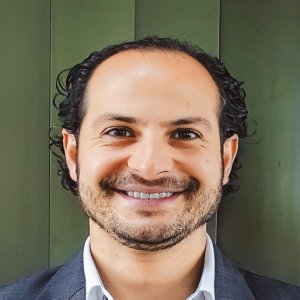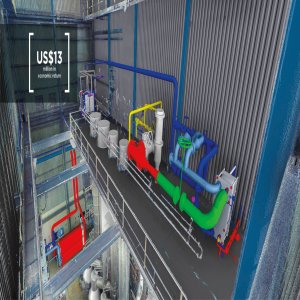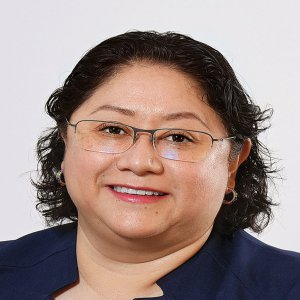ICT Know-How for Top-Tier PV Inverters

STORY INLINE POST
Q: What added value can Huawei inject into Mexico’s PV market from its ICT DNA?
A: Huawei offers a completely different way of developing PV technology compared to what the market is used to. To date, there are two ways of developing utility-scale PV solar parks. One is with central inverters ranging between 2-5MW to optimize costs by centralizing control and automation in this equipment. The other, which is how Huawei does it, is relying on string inverters. Huawei’s value proposal boils down to providing similar CAPEX levels in initial investments compared to central inverters, with an at least added 2 percent in power output and decreased O&M costs by a 70-90 percent range. Central inverters have a single controller generating power, which looks to make the most of the average power output of each module. String inverters include six controllers for every 100kW and do not rely on averages that downgrade performance modules against underperforming ones. At present value, these advantages outweigh the string inverters’ cost. On the O&M side, central inverters require on-hand stock of spare-parts and readily-available technicians to perform maintenance or repair tasks. Huawei’s process for supplying string inverters is fully automated, from the moment the product leaves storage to its on-site trials. Huawei also has an extended network of 27 warehouses for spare parts across the country. These warehouses are located no more than three hours away from any primary highway. Our ICT background spans well over 30 years, installing antennas and routers in remote locations with no electricity infrastructure available. During that time, we specialized in designing and manufacturing inverters to power up telecom infrastructure in these remote locations. We are transferring that know-how and R&D to Mexico’s PV solar parks. To date, Huawei has supplied close to 60GW in inverters globally.
Q: How have PV string inverters grown in market share compared to PV central inverters?
A: GTM’s 2018 Global PV Inverter and MLPE Landscape Report shows string inverters have taken a larger share of the PV inverter market in recent years, representing 15-23 percent growth per year. 2017 went down as the first year where string inverter sales surpassed central inverter sales on a global scale. In the past, string inverter costs inhibited profitable ROIs; now, costs are on par. It is a clear and unstoppable trend. Huawei’s cost reduction strategy in string inverters stems from volume. As we install a greater amount of GW in solar inverters capitalizing on a decreased CAPEX, it is a portion of the market that our competition cannot serve.
Q: How does Huawei deal with the increased risk inherent to new technologies against proven tech?
A: Thanks to technological advances, cost reductions and quality improvements, the added benefits of the now improved string inverters and how they are changing the game in utility-scale PV park development remain widely unknown to Mexico’s PV stakeholders, including developers, EPC companies, O&M technicians, financial entities and technologists. By showcasing the advantages of this technology and delivering on the expectations of each stakeholder, we have closed nearly 800MW of string inverter sales in Mexico alone. We have permeated the market in such a way that 2019’s renewable energy projects will start to include engineering that is specific to our technology.
Q: How is Huawei developing smart PV solar parks?
A: Virtually all of Huawei’s business lines are focused on the AI revolution. Every new development must be duly monitored and measured. Huawei specializes in developing chipsets and devices that transform analog signals into digital signals. To transmit signals in a safe, reliable and efficient way in real time, Huawei develops top-tier wireless and cabled communication devices, as well as data processing servers. By integrating all these elements into a PV solar park, our string inverters replace the traditional combiner box of central inverters, where all power generation information is produced, digitalized and stored in an efficient and seamless manner, with an exactitude degree of 0.5 percent.
























